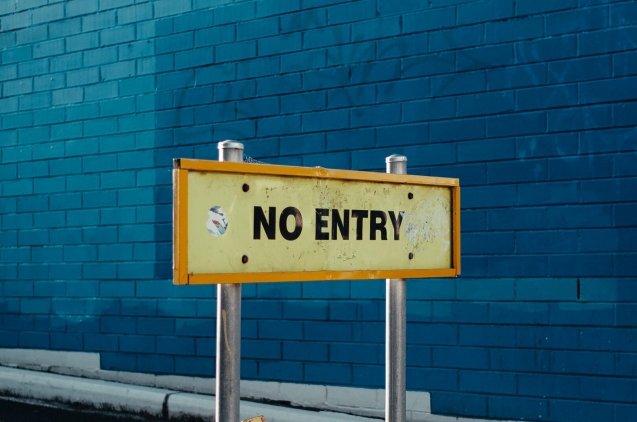How can we help?Get in touch
UX, User eXperience Design, or Spanish user experience design is a relatively new discipline that has fairly complex and interesting roots. What follows is a brief and fleeting overview of its history.
It is commonly accepted that the UX started around 1900, in the middle of the Second Industrial Revolution. During this period, more and more machines and tools were incorporated for industrial production tasks and the greater the use of these machines, the faster work was, and production increased.
For this reason, it was important to optimize the usability and efficiency of the machines to improve the production of goods and services.
Thus a part of the current UX was just born.
A few years later we saw the UX applied to improve the ease of use of the first telecommunication devices, like the telegraph and telegram.
Young lady operating a telegraph.
Later, the UX was implemented in the field of ergonomics, the discipline responsible for the design of workplaces, tools and tasks, corresponding with the physiological, anatomical and physiological characteristics of the worker.
In ergonomics we can see the UX application in areas such as the manufacture of any tool or piece of furniture to make it more pleasant to use and better suited to the human body. For example in creating a more comfortable chair for working in an office.
The next milestone in the UX was the opening of Disneyland in 1955, a user-centric experience like no other to date. Its creator, visionary Walt Disney, was a pioneer in creating a service experience.
Walt Disney with the Disneyland project.
And finally we come to the genesis of interactive design and interfaces as we know them today, with the appearance of Xerox PARC in 1970, where the graphical user interface (GUI), windows, checkboxes , radio buttons, menus, mouse and many other things related to modern computing and object-oriented programming, laser printing and Ethernet standards were developed.
Many of these innovations were due to the fact that Xerox was determined to implement something called user-centered design, which marked the beginning of the current UX.
Workers at Xerox PARC in the 70s.
Years later, in 1995, Donald Norman coined the term User Experience Design and called himself an "User Experience Architect" while working at Apple Computer.
Donald described his position as the one who helped to harmonize the user interface and industrial design process.
Donald Norman.
Since 1990, the UX has grown exponentially and we started hearing concepts like usability, interactive design and information architecture. It was at this time when several well-knownAlan Cooper characters emerged in the current web industry, such as Jakob Nielsen, Alan Cooper y Steve Krug.
All this brings us to today, where the user experience is a key feature for achieving a successful product or service, since it depends largely on the positive or negative perception of the company.
Main photo: David Clarke
